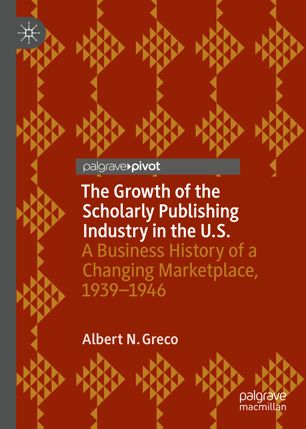

Most ebook files are in PDF format, so you can easily read them using various software such as Foxit Reader or directly on the Google Chrome browser.
Some ebook files are released by publishers in other formats such as .awz, .mobi, .epub, .fb2, etc. You may need to install specific software to read these formats on mobile/PC, such as Calibre.
Please read the tutorial at this link: https://ebookbell.com/faq
We offer FREE conversion to the popular formats you request; however, this may take some time. Therefore, right after payment, please email us, and we will try to provide the service as quickly as possible.
For some exceptional file formats or broken links (if any), please refrain from opening any disputes. Instead, email us first, and we will try to assist within a maximum of 6 hours.
EbookBell Team

4.0
6 reviewsThis book analyzes the dynamic growth of the scholarly publishing industry in the United States during 1939-1946, a critical period in the business history of scholarly publications in STM and the humanities and the social sciences. It explains how the key publishing players positioned themselves to take advantage of the war economy and how they used different business and marketing strategies to create the market and demand for scholarly publications. Not only did the atomic threat necessitate a surge in scholarly research, but at the same time scholarly publishing managers prepared for the dramatic shift by anticipating the potential impact of the GI Bill on higher education, creating superb printed products, and by becoming the brand, the source of knowledge and information. The creation of strategic business units and value chains as well as the development of marketing targeting strategies resulted in brand loyalty to certain publishers and publications but also accelerated the growth of the US scholarly publishing industry. Business historians and marketing professors interested in the business strategies of scholarly publishers during World War II will find this book to be a valuable resource.